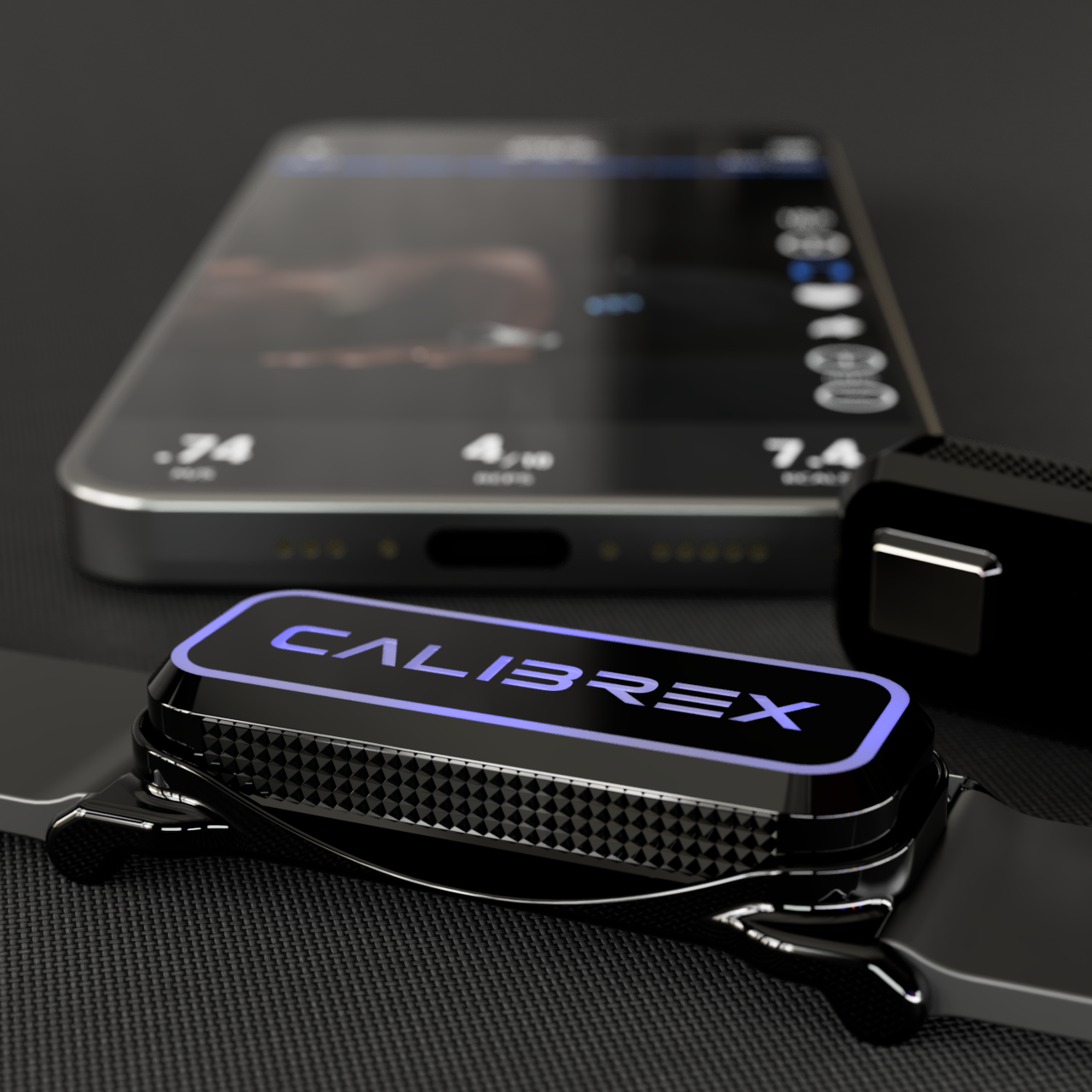Of course you are.
Many coaches use one rep-max testing as a way to measure lifting progress. The problem is that it can be time-consuming, draining, and often risky. Yes, you know how much your athletes can lift. But, nothing tells you how well they lifted it. What was their ROM? Bar balance? Could they lift more tomorrow after a better night's rest? The crazy thing is, maximal strength fluctuates by as much as 15% throughout the days and weeks. Now, you’re going to use that number for most of their programming? An athlete's 1 RM changes daily, and the classic testing does not account for that.
Incorporate velocity testing to give you a clear snapshot of your athletes’ gains over the past training block. Take advantage of technology. Predict your 1-RM daily to account for fluctuations in strength. Then adjust lifting parameters to account for signs of fatigue or improvement on a daily scale. Test for readiness with warm-up sets to see BRV at varying loads, creating a fuller picture of how well your athletes are moving weights. By making a dynamic program to match fluctuating bodies, athletes will get the desired results you want to see.
Here are two velocity testing methods to give your team a sharper edge:
-
Max effort warm-up reps
Athletic Profiling is a snapshot into Their Lifting Story
The best way to get started is to make a load-velocity profile (LV). If you'd like to learn more about the LV profile, click the link; however, the short notes are as follows: Load and velocity have a linear relationship where they increase at predictable rates. With 4 or more data points, you can accurately predict the fastest speed someone could lift any weight. Profiling helps you see how well an athlete expresses power throughout the year.
Create an LV profile to get a birds-eye view of your athlete's power output at varying loads.
Here's how:
-
Choose 4 weights between 30% - 90% 1RM
-
Complete 4 maximum effort reps at each weight
-
Take best rep velocity (BRV) from each trial
-
Enter into an excel chart (or use our free logbook!), add a linear trendline.
-
Compare in 4 - 8 weeks.
BRV is the key for predicting daily 1-RM. Let's say your BRV for a 250lbs squat was at 0.6m/s. If you lift the next week and notice a drop off to 0.5m/s, recovery needs to be addressed. That could be sleep, nutrition, workload, stress, etc. The point is that you know how well your athletes perform every session and can adjust accordingly.
The best aspect of velocity data is the consistency across different weights. You can use this to your advantage by programming warm-up sets before the main lift. For example, jump squats with an empty barbell are a great way to express power and speed before lifting heavy. You can tell your athletes, "look, I want two warm-up sets of jump squats. This screen will tell you whether you moved faster or slower than last week. Your job is to beat your previous score. Got it?"
Now, you've got your athletes engaged and ready to compete. Plus, you get to see how they express power from warm-up to working weight.
As you become more familiar with velocity data, there are plenty of exciting options to create a fun, competitive, and safe environment for your team. Ditch the past and use VBT to sharpen your edge. Take control of your programming and give your athletes the tools they need to win championships. It all starts with velocity testing.
Use our free logbook to start programming like a professional today!
Kobe is currently a physical therapy student on pace to receive his doctorate in 2023. He has coaching experience ranging from teaching athletes in a division I weight room to helping stroke survivors climb a flight of stairs. Growing up in a fitness family Kobe has always been immersed in learning different ways to help people reach their fitness goals.
"I grew up with two bodybuilders and a division one soccer player. For the past decade, I've been a sponge learning as much as I can. Now, I'm excited to share those lessons with you."













Share:
How Can VBT Accelerate Strength Gains?
Unleash Your Vertical Jump Potential with Velocity-Based Training!